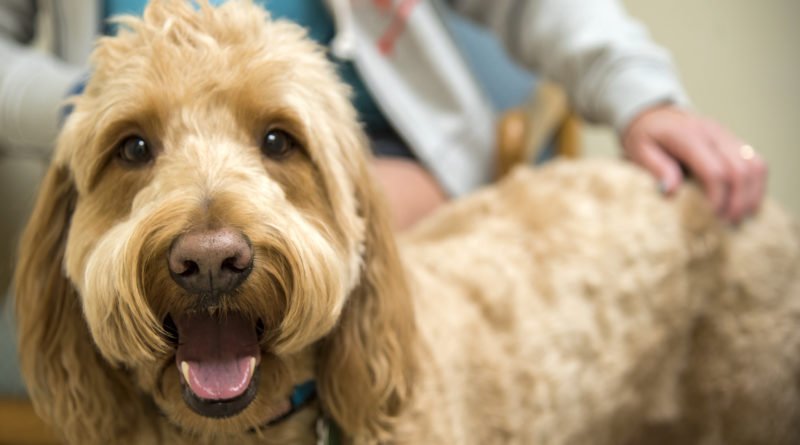Last modified on March 16th, 2020 at 9:55 am
5 Ways To Use Vet Wrap
Vet wrap is an essential tool for any pet owner who wants to give the best care to their furry friends. But what is vet wrap and how do you use it? Vet Wraps are self-adhering bandages meaning they will stick only to themselves and not to your pet’s fur. These sturdy and flexible bandages can be used in a variety of ways and on a variety of different pets. Although most commonly used on horses and livestock, these bandages can be used on dogs, cats, and even birds. Always consult with a veterinarian before treating a wounded animal with vet wrap to ensure you are giving proper care. Vet wrap can be used in countless ways but its intended purpose is for animal care so below will be for the same. Knowing how to use these bandages to keep your pet safe and comfortable is essential so below are just 5 ways to use vet wrap.
What is a Vet Wrap And What Are Its Uses?
Before we go on to the uses of vet wrap you should know what it is. Vet wrap is a bandage or wrapping used on animals by vets and pet owners alike. Vet wraps come in multiple colors and sizes for all your needs. They are lightweight, water resistant, and non sticky. Because they are self adhesive and not sticky they can easily be used on fur. They are ideal for holding gauze dressings in place and do not require additional pins or clips.
Horse Uses:
- Leg Wounds
A very common use of vet wrap is for horse leg wounds. When using Vet Wrap on an open wound make sure to use padding and a dressing underneath. Vet wrap in this case is not used as a bandage but to hold a dressing in place and can be used to apply slight pressure to the wounded area. Apply a dressing to the open wound and secure with vet wrap. If needed apply padding to the leg and wrap tightly with vet wrap.
- Hoof Wrapping
Horses hooves are very sensitive and can often get abscesses or injury. Vet wrap is excellent when wrapping a bandage to your horses feet. Use the vet wrap to hold a cotton or gauze padding around the hoof. Because vet wrap is sweat and water resistant it is ideal for use on your horses feet.
Dog Uses:
- Bandaging a paw
If your dog has a wounded paw you may need to wrap their feet. Apply a bandage or gauze to the wounded area and lightly wrap with vet wrap. Make sure the end of the wrap is on the back of the paw so it is harder for your dog to find the end and chew off the bandage. You can also use additional dressing tape if you are worried about your dog chewing.
- Sprained Leg
If your dog gets a sprain in their leg you may want to wrap it to help with healing. Make sure that you do not wrap too tightly and leave enough room for your finger to be able to fit in the bandage. Vet wraps are perfect for giving support to the leg and will not stick to the pets fur.
Cat Uses:
- Bandaging a paw
Similar to the dog use, If your cat has a wounded paw you may need to wrap their feet. Cats are slightly more difficult than dogs so you may want to wrap them in a towel before applying any wrap. Apply a bandage or gauze to the paw and wrap it lightly with the vet wrap. You may need extra tape or an e-collar to prevent the cat from ripping the bandaid off.
Whether you have a cat, dog, or horse, vet wraps should be essential in your home. Although you should always visit a veterinarian if your pet is injured, sometimes you can not make it to the vet or want to make your pet comfortable before you can get them there.




